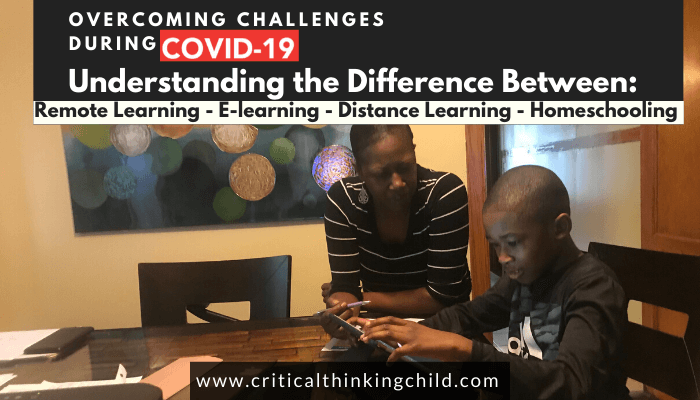Students are now learning at home, which can be confusing by itself. Now we’re starting to see different terms like remote learning, e-learning, distance learning, and at-home schooling. What are the differences? Which one has your child’s school chosen? We’ll break down the process for understanding the different types of learning so you can help your child succeed.
The first step is check your state’s Board of Education’s website to see if they have an official policy. You can also check at the district, school, or even classroom level; your child’s teachers have likely been given guidance about district and state policies. For example, Dr. Angela Tucker, the principal of Esmond Elementary School in Chicago, has leveraged the Illinois Remote Learning Recommendations to move its classes fully online.
Once you know what your school has chosen, use our quick guide to grasp the major differences between remote learning, e-learning, distance learning, and at-home schooling. You can also take advantage of learning supplements, like virtual academic coaching and tutoring, to help keep your child on track.
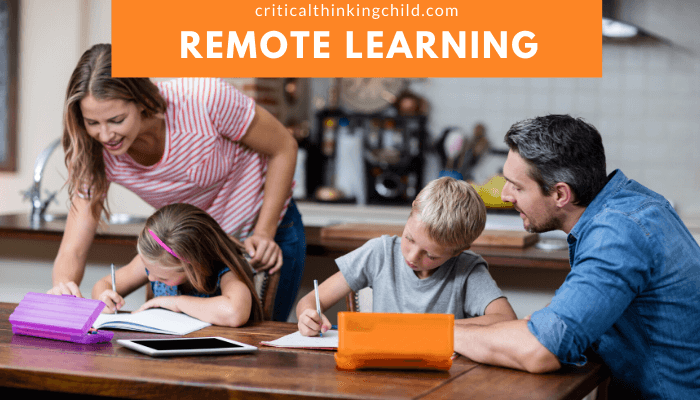
What is remote learning?
Dr. Tucker defines remote learning as “learning that happens outside of the traditional classroom because the student and teacher are separated by distance and/or time.” This is the situation many students have found themselves in recently. She goes on to note that, “Remote learning can be real-time or flexibility timed, and may or may not involve technology. It cannot be assumed that every student has access to the necessary devices and appropriate internet connection at their home.”
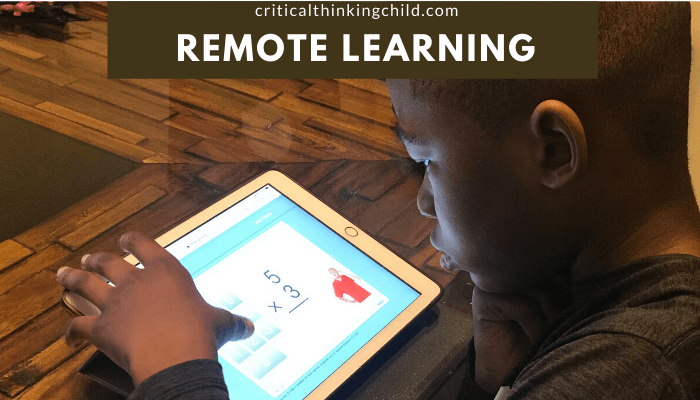
While other types of learning may rely solely on technology, remote learning makes use of screen-free activities. This is incredibly important, because there’s no way of ensuring equity of access to technology or the internet. In addition, few parents want their child staring at a screen all day with no breaks. For this reason, most public school districts across the country, like Dr. Tucker’s, have adopted this method of learning.
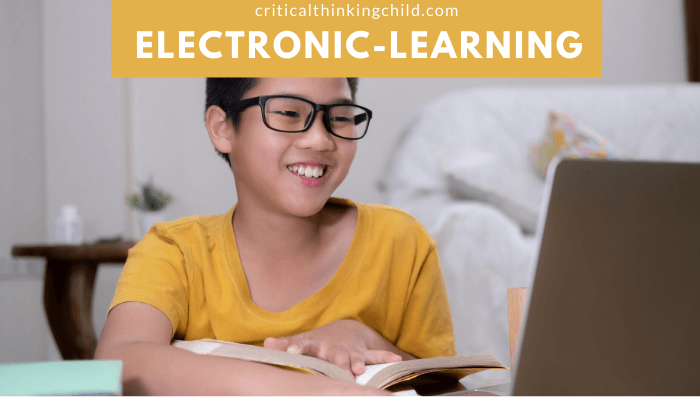
What is e-learning?
E-learning stands for “electronic learning” and requires the use of technology. This model is often used for high school students who have large amounts of course content to access. It can be self-paced, where students complete modules on their own and discuss content through discussion forums, or “face-to-face”, where students and teachers interact in real time through platforms like Google Hangouts or Zoom.
E-learning can also be done at the elementary and middle school level, but tends to be broken into smaller chunks of teacher-student time.

What is distance learning?
Rather than focusing on K-12 students, distance learning leans towards college students enrolled in a traditional college or university who are off campus. In distance learning, the teacher or professor assigns reading and work and then checks in with students rather than delivering instructional in a traditional lecture format.
Many college courses are intentionally designed to be distance learning courses. However, with college campuses closing, many courses that were once in-person have now moved to distance learning. Students in this situation should expect to check in with their instructors regularly, but should not expect the course syllabus to unfold the way it was initially scheduled.
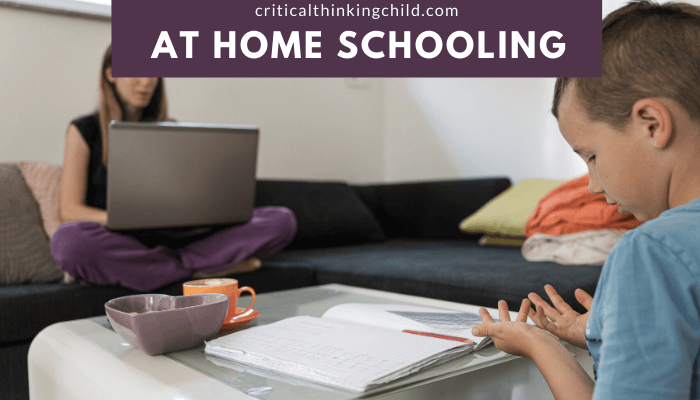
What is at-home schooling?
At-home schooling is different from the other three types of learning because it puts the parents in charge. Rather than taking daily direction from a teacher or professor, parents structure their student’s days, from scheduling to content. At-home schooling tends to include more projects, free play, and activities like baking and puzzles. It may contain some screen-based activities like educational apps or virtual field trips, but for the most part focuses on enriching, screen-free experiences.
This model works best for young children (think preschool through 2nd grade) who don’t have the bandwidth to sit for long lectures in front of a screen. While it’s more work for parents up front, once you develop a sample schedule and set routines, this model can be more sustainable than spending hours on academic activities.
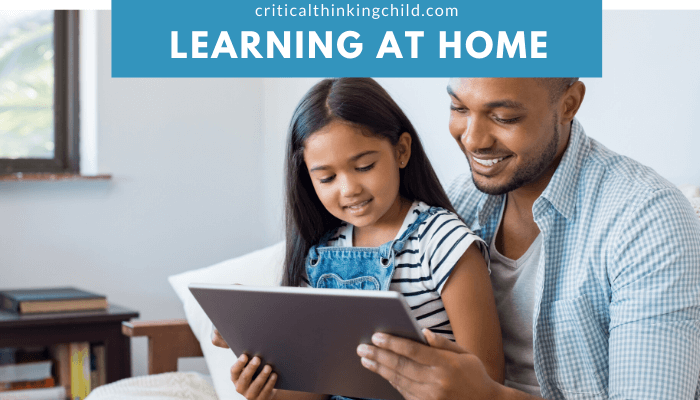
Support your child as they learn from home
No matter which route your child’s school has chosen, they’re likely adapting to a new way of learning. Odds are, your child’s school has chosen the path of remote learning, like what is being implemented at Esmond Elementary in the Chicago Public School District where Dr. Tucker serves as Principal. Knowing that, you can better support your child during these unprecedented times.
In addition, knowing how your child is expected to learn can help you supplement their activities, to make sure they stay ahead of the game. If they’re struggling to adapt, make sure you check out our virtual academic coaching and tutoring, where we can help bring your child up to speed.
Sources used:
AES Education, Online Learning vs. Distance Learning
Edsurge, What Students Are Doing is Remote Learning, not Online Learning
Illinois State Board of Education, Illinois Remote Learning Recommendations

